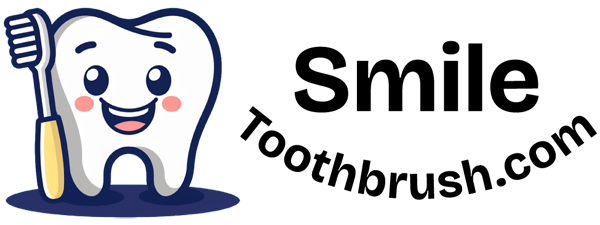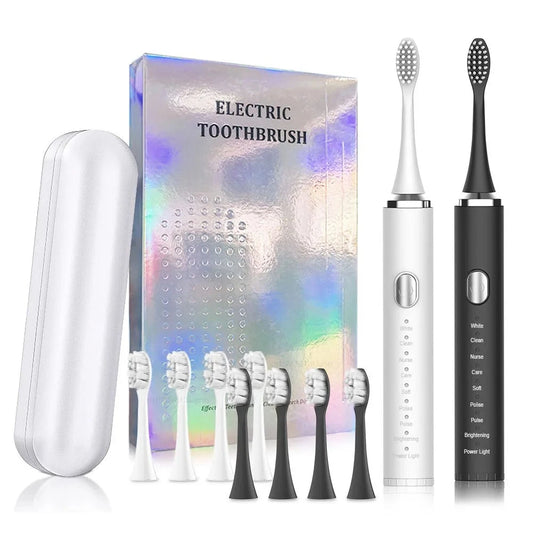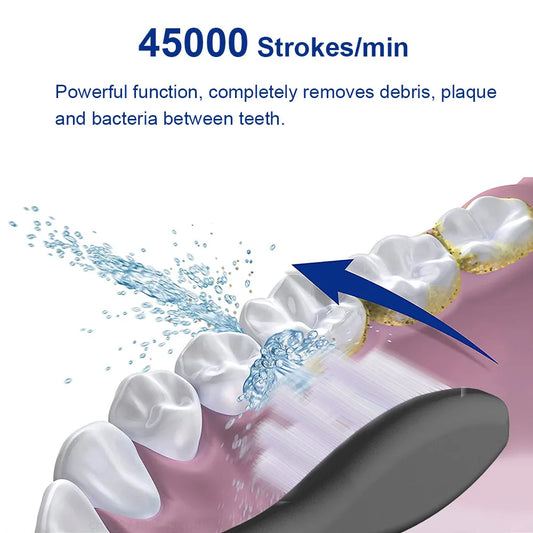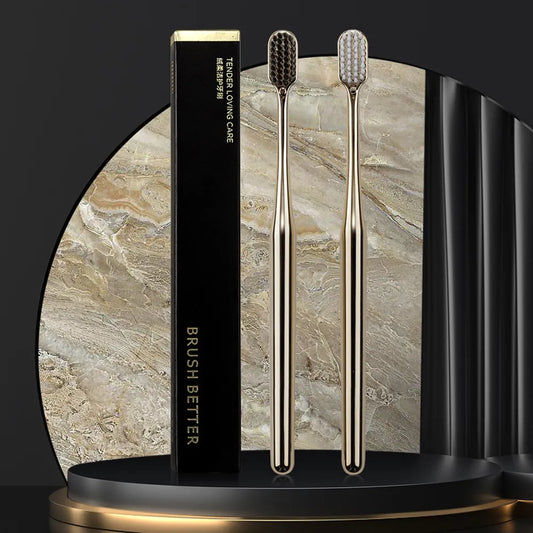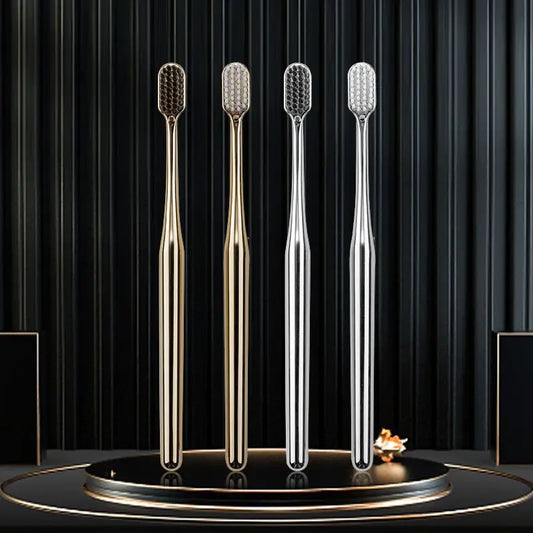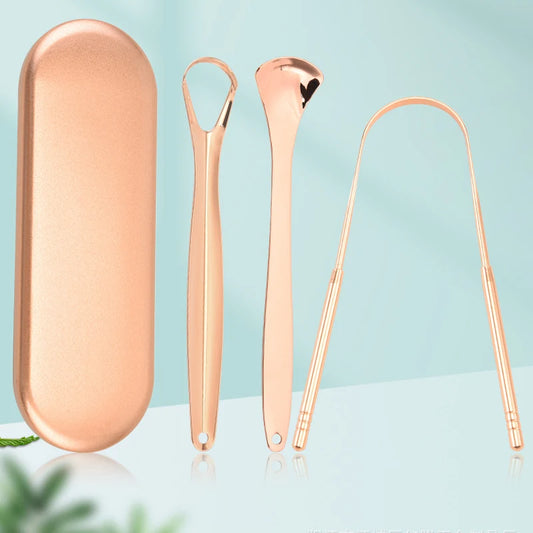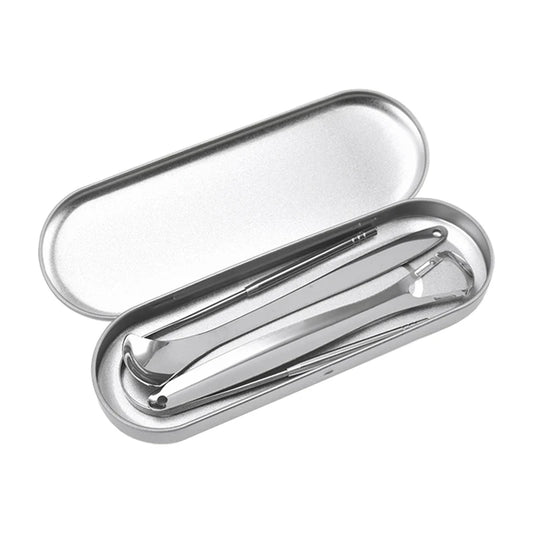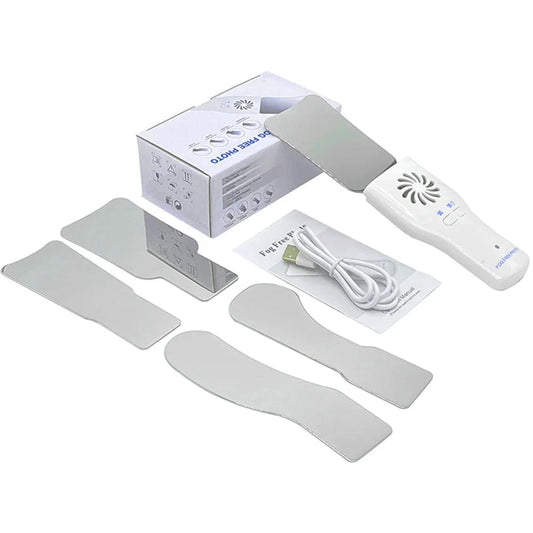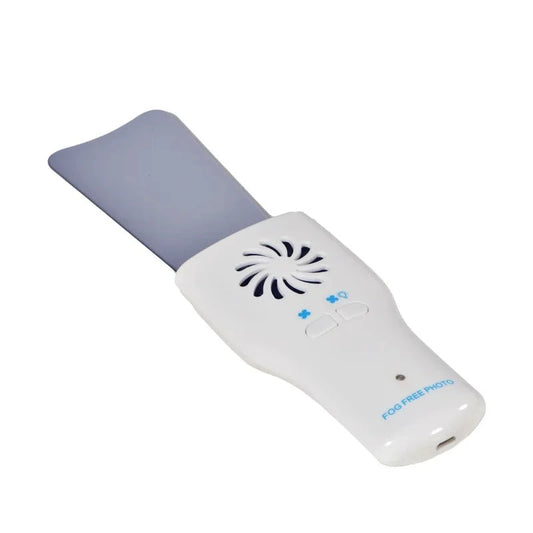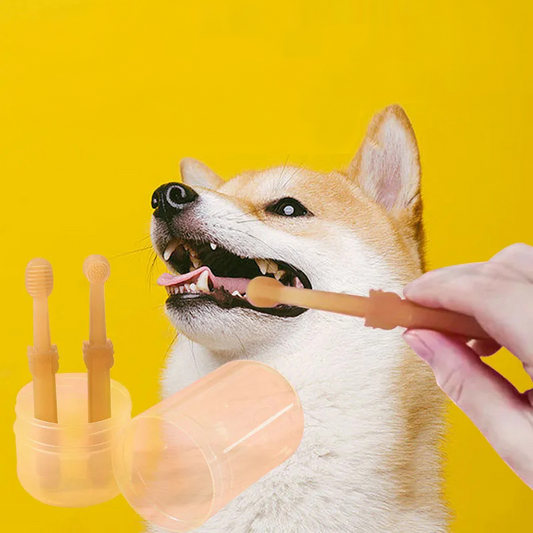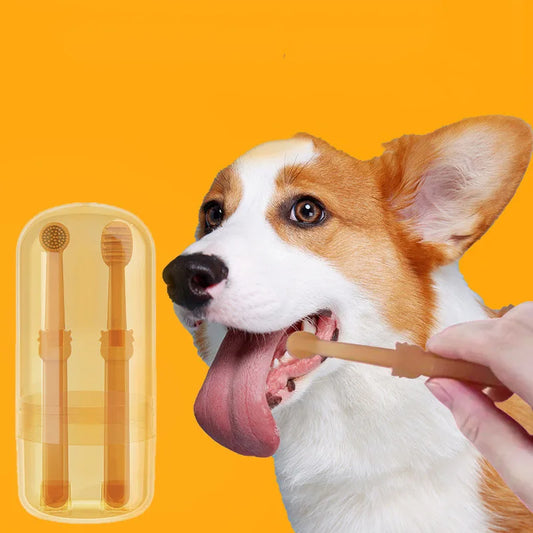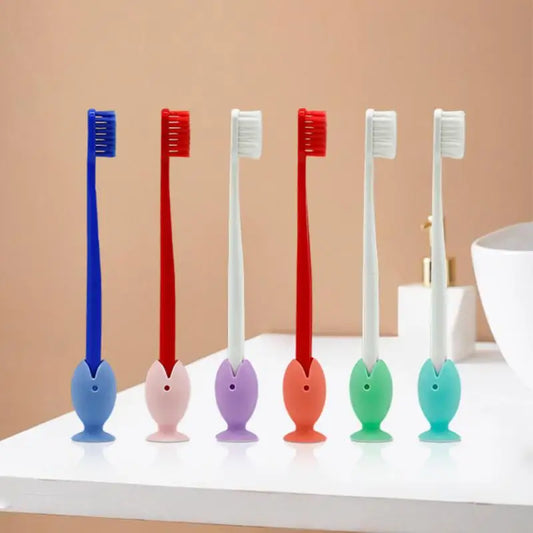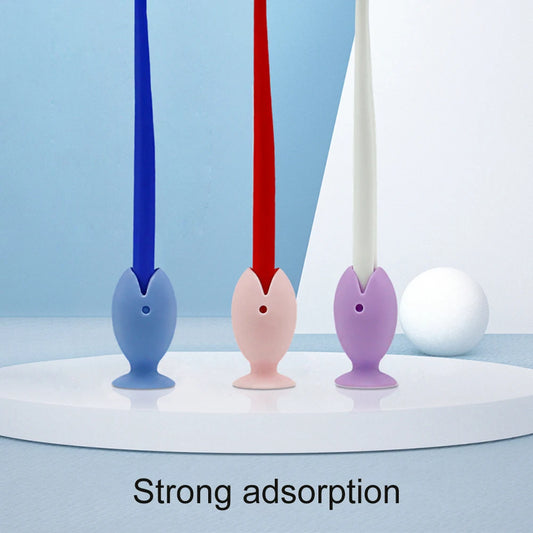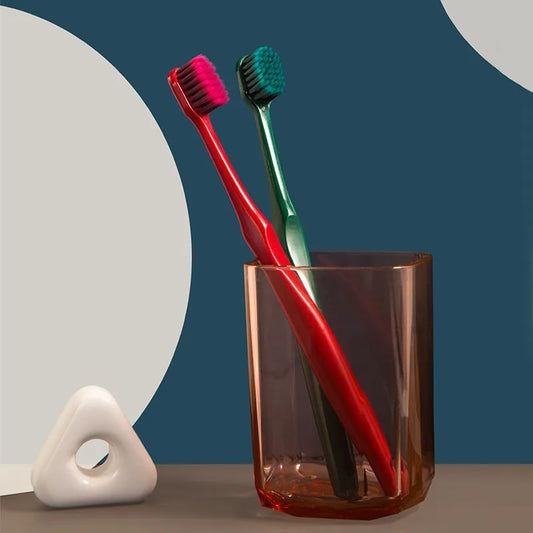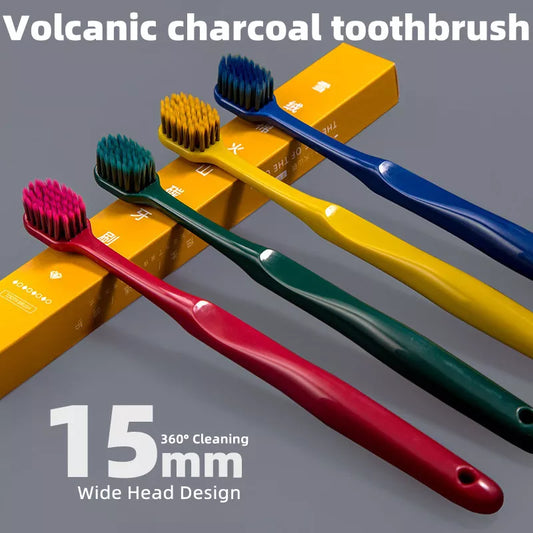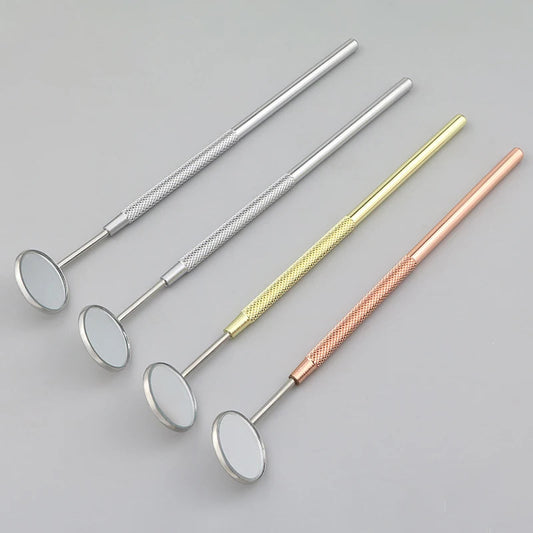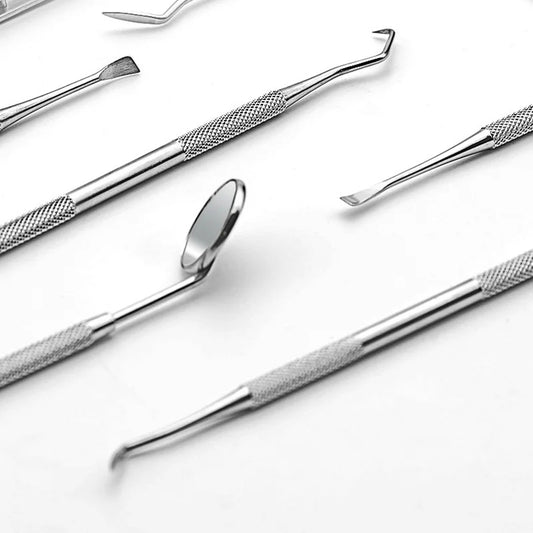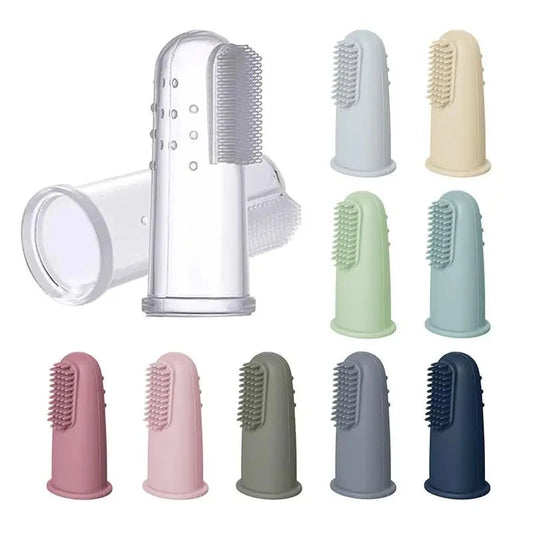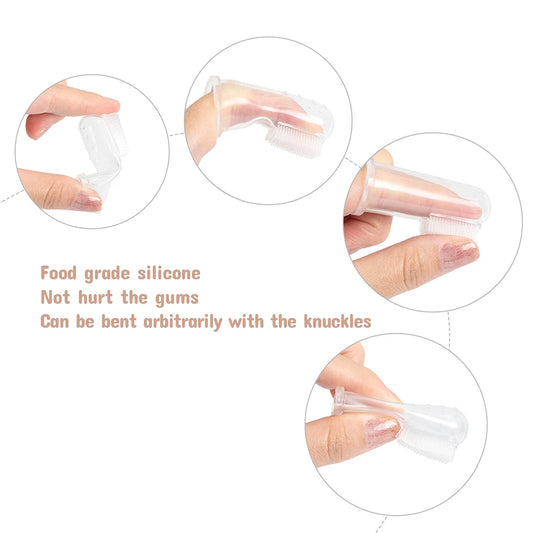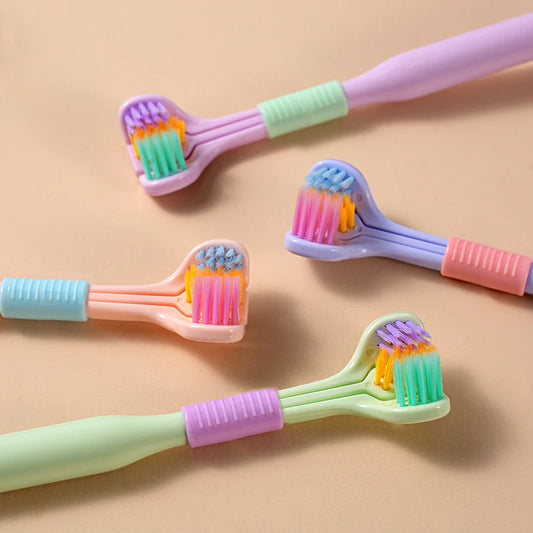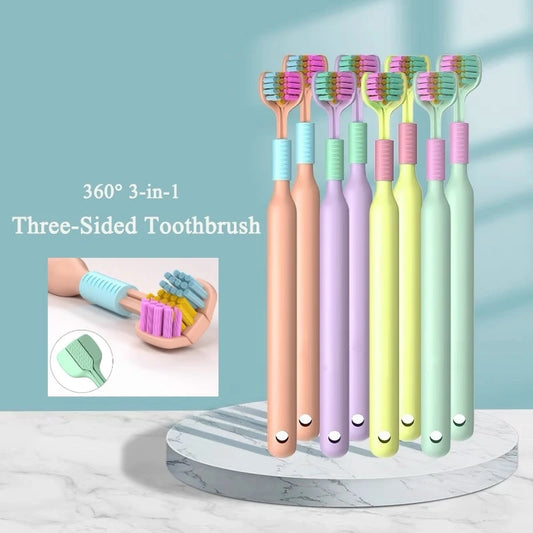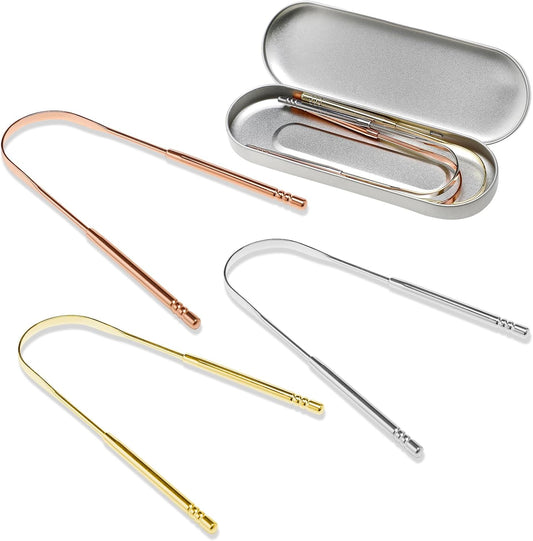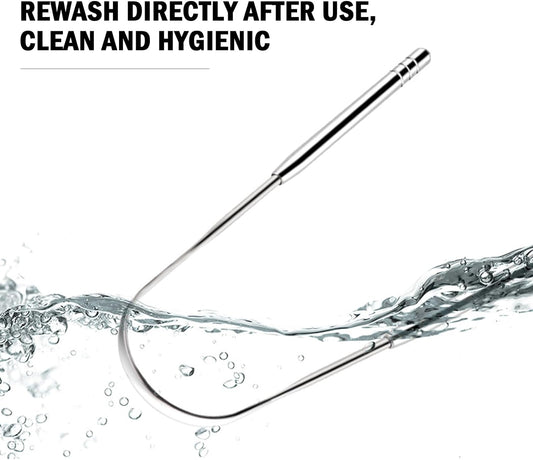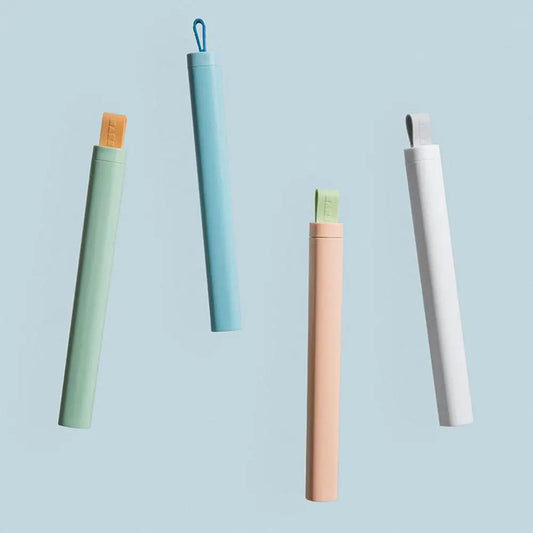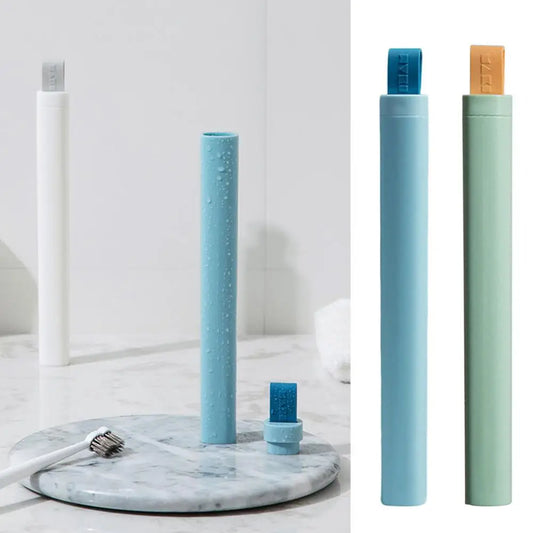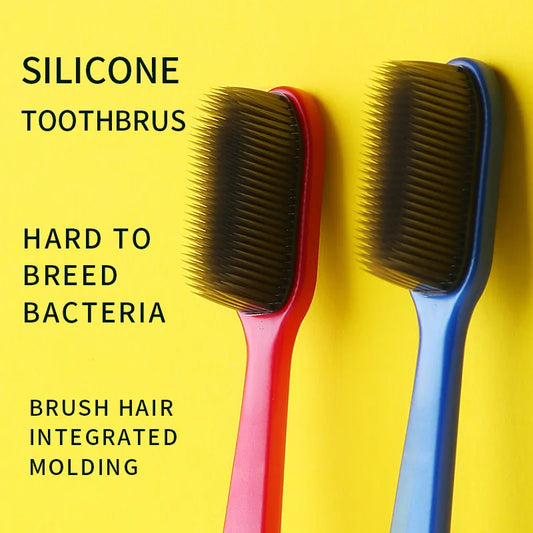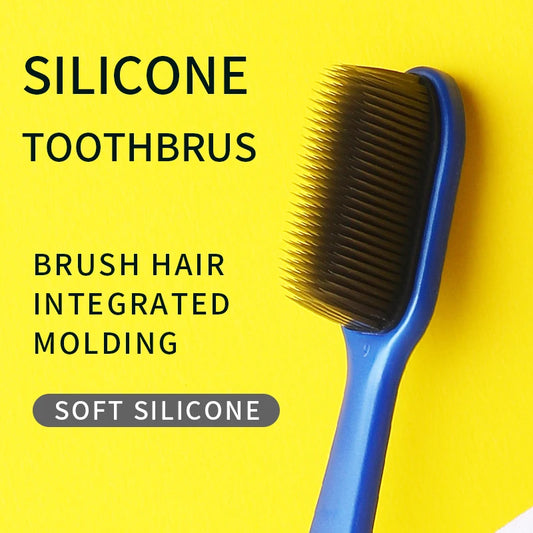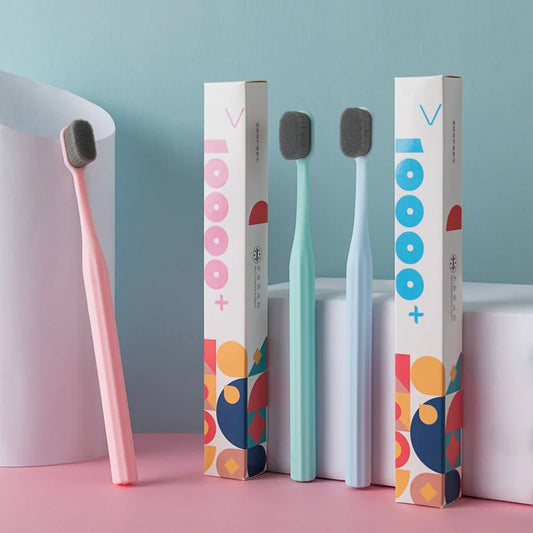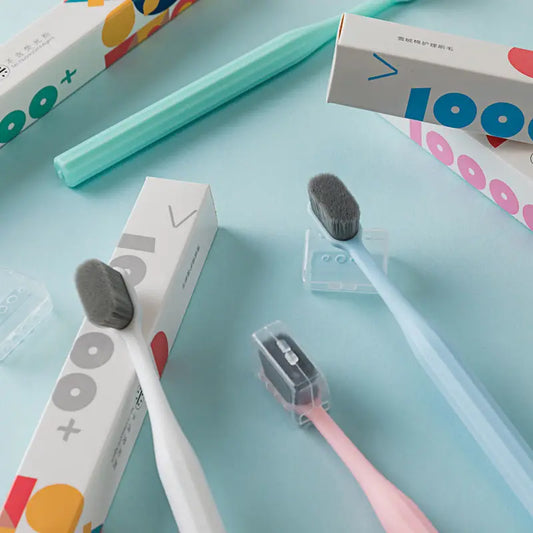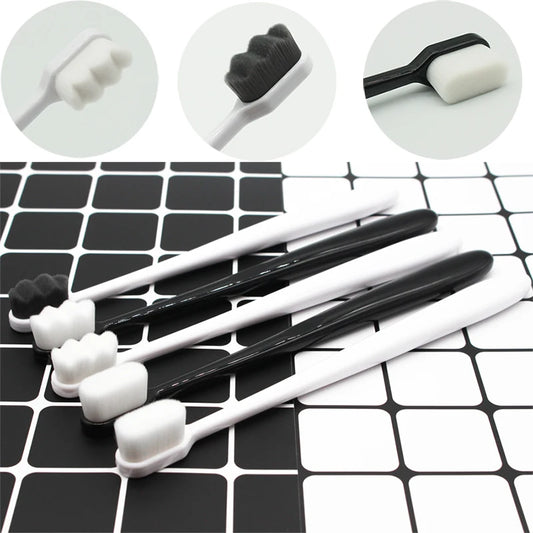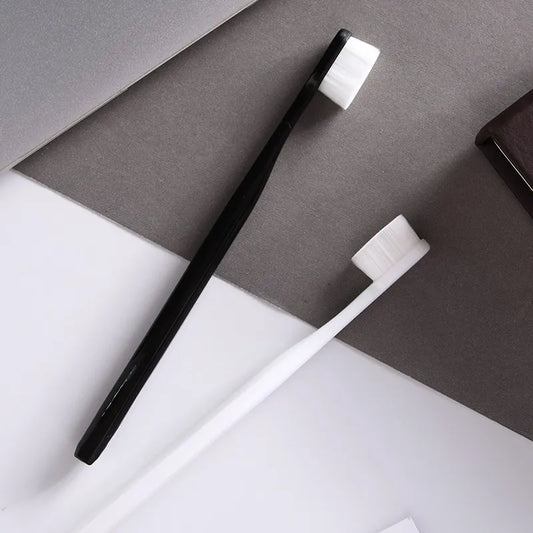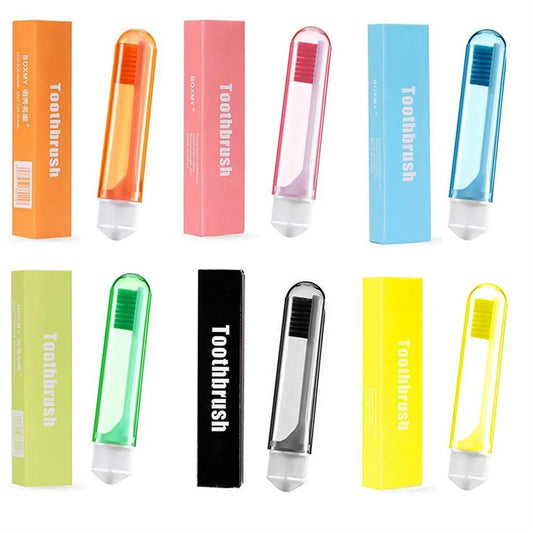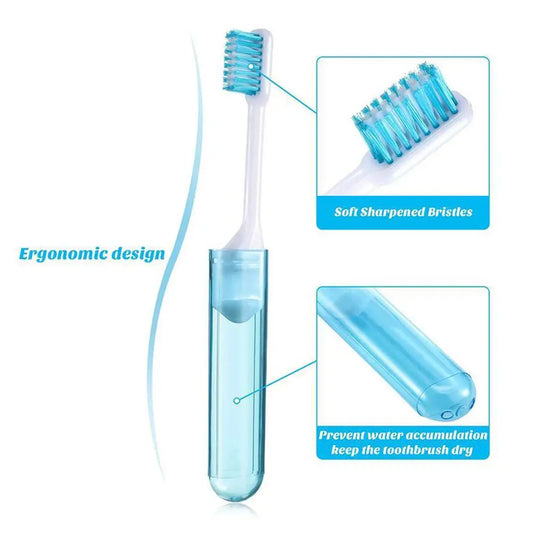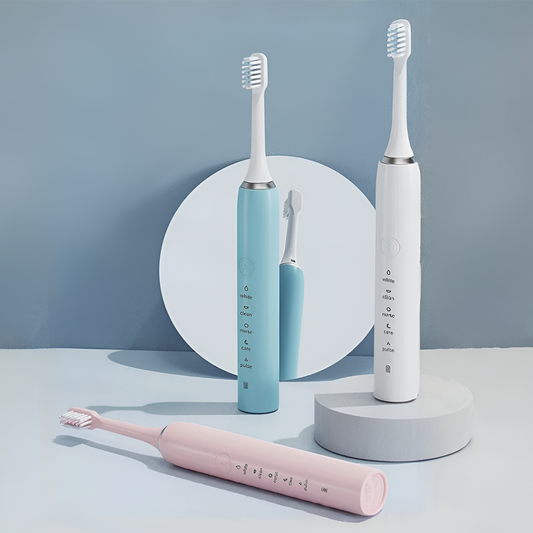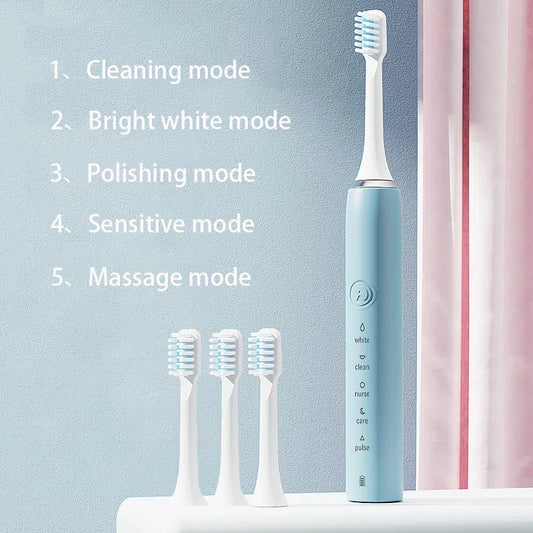As a new parent, one of the many milestones you'll experience is your baby's first tooth. It's an exciting time, but it also comes with a lot of questions—
when should you start brushing?
How do you care for those tiny teeth?
In this guide, we'll walk you through everything you need to know about baby teeth growth and when to introduce toothbrushing into your child's routine.
Understanding Baby Teeth Growth
Baby teeth, also known as primary or milk teeth, typically start to appear around 6 months of age.
However, the timing can vary, with some babies getting their first tooth as early as 4 months or as late as 12 months. The first teeth to emerge are usually the lower central incisors, followed by the upper central incisors.
By the time your child is 3 years old, they should have a full set of 20 baby teeth.
Why Early Tooth Care Matters
Even though baby teeth are temporary, they play a crucial role in your child’s overall health and development.
Healthy baby teeth help your child chew properly, speak clearly, and maintain space in the jaws for adult teeth.
Starting good oral hygiene habits early on is key to preventing tooth decay, which can lead to pain, infections, and problems with permanent teeth.
When to Start Brushing Your Baby's Teeth
You should start cleaning your baby’s mouth even before their first tooth appears. Gently wipe their gums with a clean, damp cloth or a soft infant toothbrush after feeding.
Once the first tooth comes in, it's time to begin brushing. Use a small, soft-bristled toothbrush with a smear (about the size of a grain of rice) of fluoride toothpaste. Here’s a simple timeline to follow:
- Before Teeth Appear: Clean gums with a damp cloth after feedings.
- First Tooth Emerges (Around 6 Months): Start brushing with a baby toothbrush and a tiny amount of fluoride toothpaste.
- 12 to 18 Months: Brush twice a day—once in the morning and once before bed.
- 2 to 3 Years: Increase the amount of toothpaste to a pea-sized amount and supervise brushing to ensure they don’t swallow the toothpaste.
How to Brush Your Baby's Teeth
Brushing a baby’s teeth requires a gentle approach. Here’s how to do it:
- Choose the Right Toothbrush: Use a toothbrush designed for babies, with a small head and soft bristles.
- Use the Right Amount of Toothpaste: Start with a smear of fluoride toothpaste when the first tooth appears. As your child grows, you can increase the amount to a pea-sized dab.
- Position Your Baby: Lay your baby on a changing table or sit them on your lap with their head resting on your chest.
- Brush Gently: Hold the toothbrush at a 45-degree angle and brush all surfaces of the teeth in small, gentle circles. Don’t forget to brush their tongue to remove bacteria.
- Rinse and Repeat: After brushing, you can gently wipe away any excess toothpaste with a clean cloth.
Encouraging Good Oral Habits Early
Making toothbrushing a positive experience is essential. Sing a song, make it a game, or brush your teeth together to make it fun. Praise your baby for letting you brush their teeth, and gradually allow them to take more responsibility as they grow.
When to Visit the Dentist
The American Academy of Pediatric Dentistry recommends taking your baby to the dentist by their first birthday or within six months after their first tooth appears.
This initial visit helps to establish a dental home, where your child’s oral health can be monitored regularly. The dentist can provide personalized advice on brushing techniques, fluoride use, and address any concerns you may have.
Caring for your baby’s teeth is a vital part of their overall health. By starting early and following a consistent routine, you’ll help lay the foundation for a lifetime of healthy smiles. Remember, the habits you instill now will benefit your child for years to come. Happy brushing!
